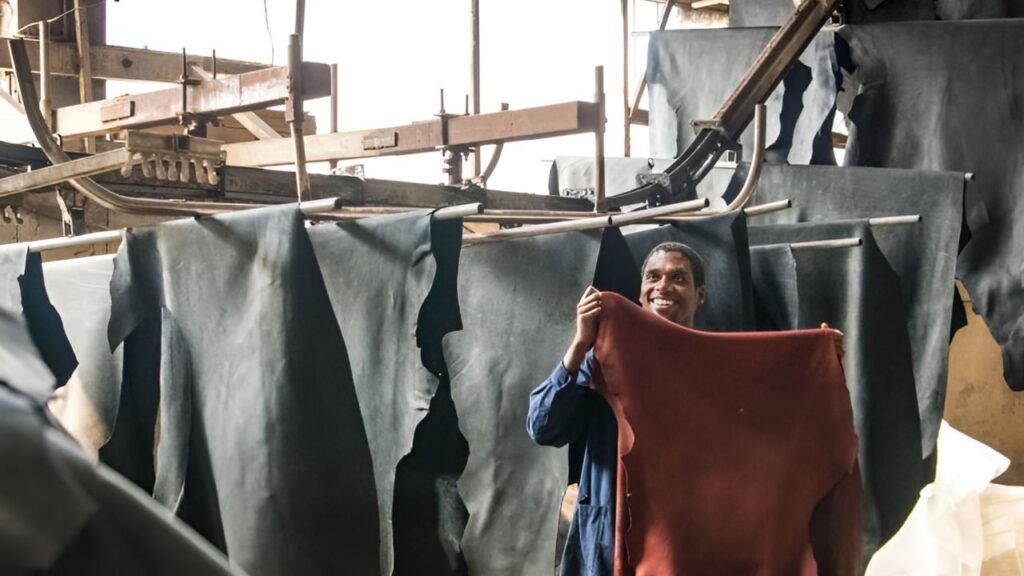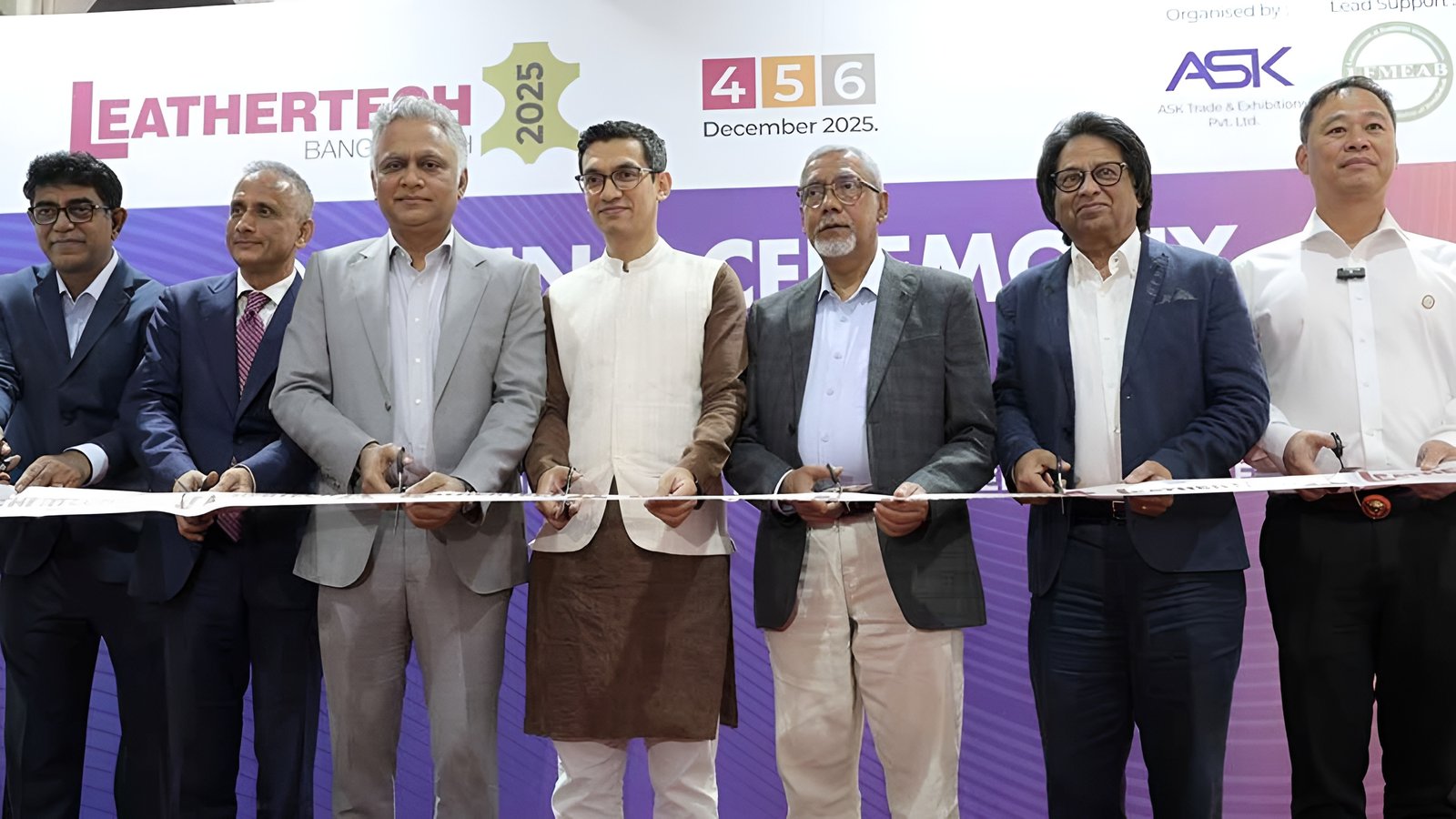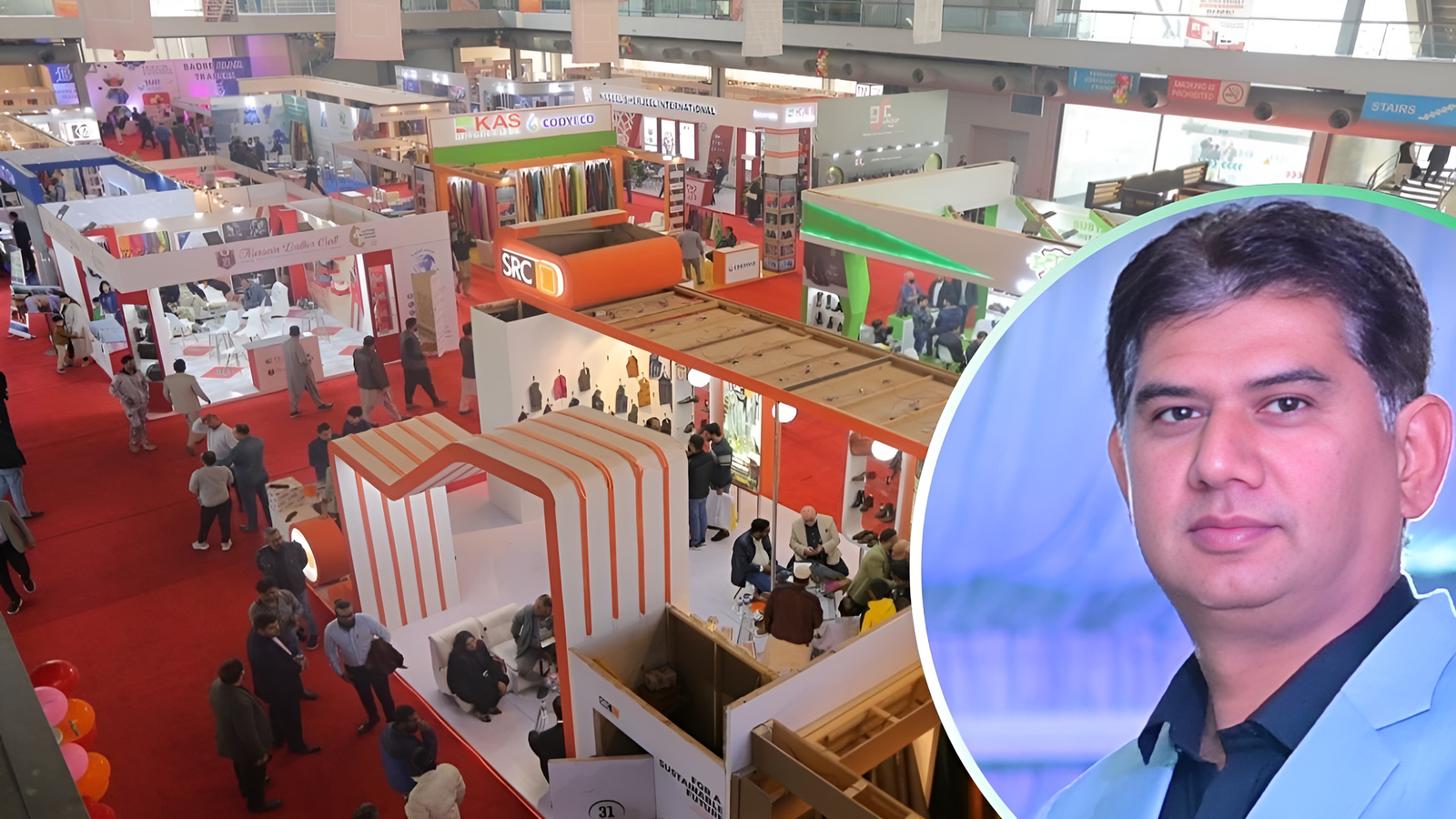Ethiopia, home to one of the largest livestock populations in Africa, holds immense potential in its leather industry.
However, despite this resource advantage, the country is still struggling to fully tap into the sector’s potential. With a wealth of raw materials at its disposal, Ethiopia could be a leader in global leather production. Yet, a series of challenges have slowed the industry’s progress.
Challenges Facing Ethiopia’s Leather Sector
Ethiopia’s leather industry is currently grappling with several hurdles.
Outdated equipment and traditional tanning methods are some of the primary barriers preventing the country from competing in international markets.
Most tanneries operate with obsolete machinery, resulting in low-quality leather that fails to meet global standards. Moreover, a lack of skilled labor exacerbates these problems, as the industry struggles to find workers trained in modern leather production techniques.
Another critical issue is the environmental impact of traditional tanning practices, which rely on harmful chemicals. These chemicals, if not properly managed, lead to the contamination of local water bodies and the surrounding environment.
The improper disposal of tannery waste poses significant health risks to nearby communities and contributes to broader pollution issues, including soil degradation.
Efforts Toward Sustainability
Recognizing the growing environmental threat, Ethiopia is taking steps to make its leather industry more sustainable.
The government, in partnership with private organizations and research institutes, is promoting eco-friendly tanning practices. These initiatives aim to reduce the use of hazardous chemicals in leather processing, thus minimizing the sector’s environmental footprint.
Improper disposal of animal skins during slaughter contributes to environmental degradation and squanders valuable resources. Abebe urged communities to handle skins and hides responsibly, stressing the need for awareness to reduce waste.
Dagnachew Abebe, General Secretary of the Leather Industry Association
Over 80% of leather produced goes to waste. This loss not only affects the industry’s growth but also exacerbates air pollution. Wosenu added that tanneries are now collaborating with research centers to develop effective waste management solutions, which will promote sustainability within the sector.
Similarly, Ermias Wosenu, Manager of Ethio Leather Factory PLC
Recycling Waste for Economic Gain
One promising avenue for sustainable growth lies in recycling the by-products of leather production.
These by-products can be converted into valuable resources, including leather products and organic fertilizers, thereby enhancing soil fertility.
Wosenu emphasized that the government actively supports this recycling process, recognizing its potential to strengthen the leather industry while benefiting the environment.
Developing a Ten-Year Strategy
To address the underlying challenges in the sector, Ethiopia’s Manufacturing Industries Development Institute has introduced a comprehensive ten-year leather development strategy.
Mishamo Wakaso, CEO of the Leather Technology Sector at the institute, stated that the strategy includes the formation of tannery clusters, designed to improve production efficiency and streamline operations.
Wakaso also noted that the institute is working to attract foreign chemical investors, with the goal of producing locally manufactured chemical inputs.
Currently, these inputs are imported at high costs, placing a financial burden on the industry. By reducing the reliance on imports, Ethiopia hopes to lower production costs and boost its competitiveness on the global stage.
Shifting Towards Eco-Friendly Tanning Methods
One of the most significant advancements in the leather industry is the shift towards vegetable tanning.
This eco-friendly alternative uses natural plant materials, such as tannins derived from plants like Sodom apple (Solanum Incanum), to tan leather. This method drastically reduces pollution and produces high-quality leather that is increasingly popular in international markets.
Skills Development and Technological Advancements
To further strengthen the sector, the Ethiopian government is investing in training programs to equip workers with the skills necessary to produce high-quality leather goods.
By collaborating with foreign experts, Ethiopia is introducing modern technologies to the leather production process, ensuring that local tanneries meet international standards.
Strengthening Regional and Global Collaboration
Ethiopia is also expanding its reach in regional markets by collaborating with neighboring countries such as Djibouti and Kenya.
The goal is to produce a variety of leather goods targeting the African market. These partnerships are expected to boost exports, generate foreign exchange, and support the broader economy.
Mishamo Wakaso pointed out that Ethiopia has already made significant progress by halting the importation of leather products and shifting to domestic production.
The export of locally produced military and student leather shoes underscores the country’s commitment to developing its leather industry.
Community Engagement for Improved Practices
The role of local communities in improving raw skin handling cannot be overstated.
Dagnachew Abebe emphasized the importance of designated collection points for hides and skins, which not only help ensure higher-quality materials for factories but also reduce environmental waste.
Ongoing awareness campaigns are educating slaughterhouse workers on proper skin handling techniques, contributing to the overall quality of the country’s leather products.
Conclusion: A Bright Future for Ethiopia’s Leather Industry
Ethiopia’s leather industry is at a crossroads. With abundant raw materials and a growing commitment to sustainability, the country has the potential to become a global leader in leather production.
Through ongoing collaboration, technological advancements, and a shift towards eco-friendly practices, Ethiopia is positioning itself to compete in the international market. The industry’s focus on sustainability not only enhances its reputation but also creates new economic opportunities while safeguarding the environment. As Ethiopia continues to evolve its leather sector, the future looks promising for both the economy and the environment.
You might also like – Nigerian Leather Industry Set to Reach US$1 Billion by 2025, Says Minister
Read original article here THE ETHIOPIAN HERALD












